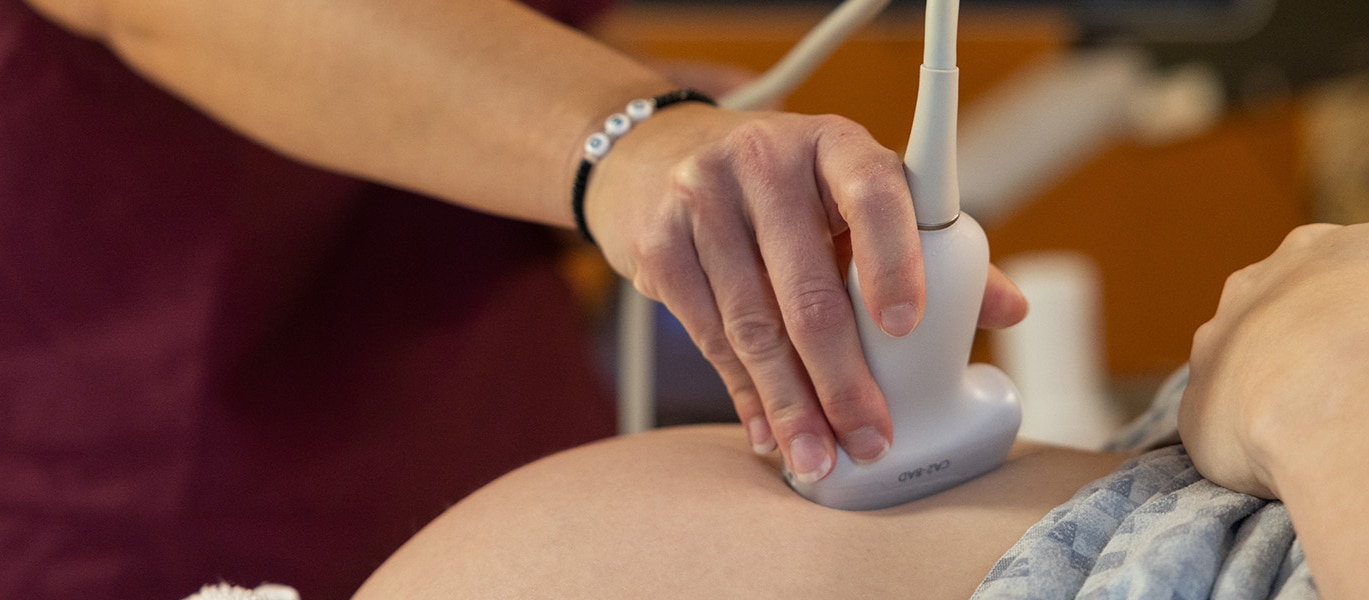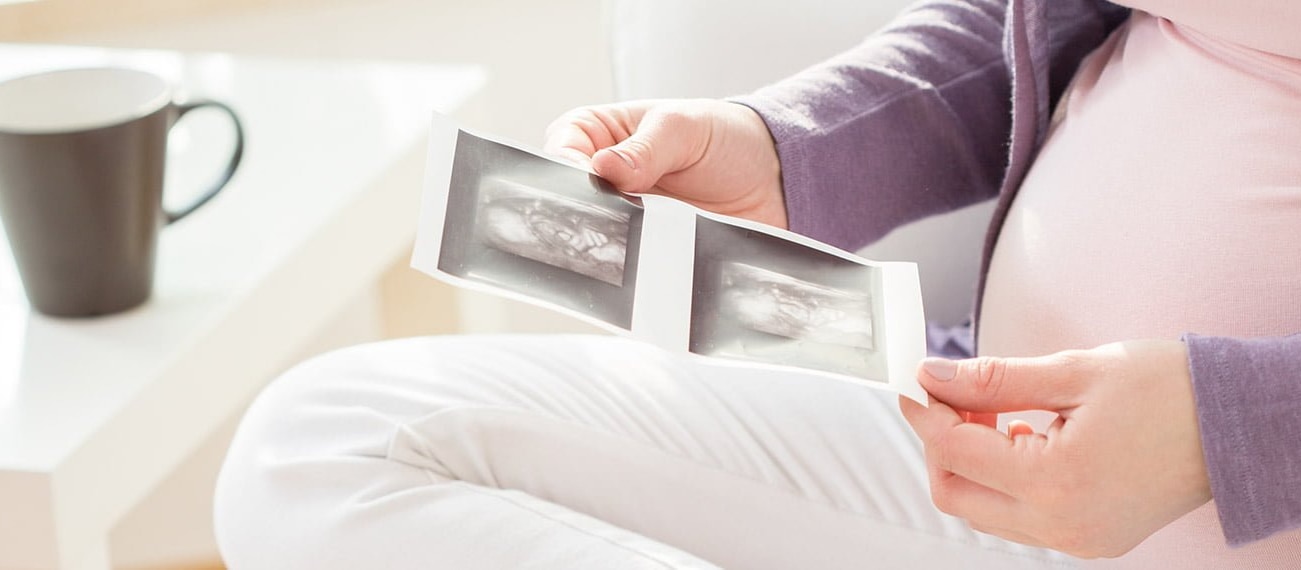stretch marks treatment
Reduction of scars of pregnancy stretch marks and of operative procedures like caesarean scar,episotomy scars and even acne scars.
READ MORE






+918042757258

Currently it only shows your basic business info. Start adding relevant business details such as description, images and products or services to gain your customers attention by using Boost 360 android app / iOS App / web portal.







Maternity care encompasses the comprehensive medical and emotional support provided to women during pregnancy, childbirth, and the postpartum period. It ensures the health and well-being of both the mother and baby through regular checkups, education, and interventions when needed.1. Components of Maternity CareA. Antenatal (Prenatal) CareCare provided during pregnancy to monitor and support maternal and fetal health.Regular Checkups:Confirm pregnancy and calculate the due date.Monitor blood pressure, weight, and overall health.Perform ultrasounds and fetal monitoring.Test for conditions like gestational diabetes and anemia.Screening and Tests:Blood tests to check for infections, Rh compatibility, and more.Urine tests to detect protein levels and signs of preeclampsia.Genetic screening (if needed) for chromosomal abnormalities.Education and Counseling:Nutrition guidance and supplementation (folic acid, iron).Advice on exercise, sleep, and managing stress.Birth planning and understanding the stages of labor.Managing Complications:Addressing high-risk conditions like preeclampsia or placenta previa.Monitoring pregnancies with multiple fetuses or underlying maternal conditions.B. Intrapartum Care (During Labor and Delivery)Care provided during childbirth to ensure safe delivery.Labor Monitoring:Track contractions, cervical dilation, and fetal heart rate.Manage pain using non-medical techniques or medications (e.g., epidurals).Delivery Support:Assistance during vaginal delivery or preparation for a C-section if necessary.Ensure immediate neonatal care for the baby.Emergency Interventions:Assisted delivery using forceps or vacuum if needed.Surgical delivery in case of complications.C. Postnatal (Postpartum) CareCare provided to the mother and baby after childbirth.Maternal Recovery:Monitor bleeding, uterine contractions, and incision healing (if a C-section or episiotomy was performed).Address breastfeeding challenges or nipple care.Screen for postpartum depression and provide mental health support.Infant Care:Monitor the baby’s weight, feeding, and growth milestones.Ensure vaccinations and newborn screening tests are done.Educate parents about hygiene, sleeping positions, and bonding.Family Planning:Discuss contraception options and spacing future pregnancies.Provide guidance on returning to physical activity and sexual health.2. Key Services in Maternity CareA. Routine Appointments:Monthly visits in the first trimester.Bi-weekly visits in the third trimester.Weekly visits closer to the due date.B. Diagnostic Imaging and Tests:Ultrasounds (dating scan, anomaly scan, and growth scans).Non-invasive prenatal testing (NIPT) and amniocentesis (if indicated).C. Specialized Support:Nutritionists for diet planning.Physiotherapists for prenatal exercises or postpartum recovery.Lactation consultants for breastfeeding support.D. High-Risk Pregnancy Care:Multidisciplinary approach for mothers with preexisting conditions (diabetes, hypertension).Intensive monitoring for pregnancies with complications.3. Benefits of Comprehensive Maternity CareEarly detection and management of complications.Improved maternal and neonatal outcomes.Education and empowerment of mothers for a healthy pregnancy and delivery.Emotional support during a transformative period.4. Common Challenges Addressed in Maternity CareManaging nausea, fatigue, and common pregnancy symptoms.Preparing for labor and delivery.Coping with physical and emotional postpartum changes.Ensuring proper infant care and development.5. Tips for Expectant MothersAttend Regular Checkups: Adhere to the schedule provided by your healthcare provider.Maintain a Balanced Diet: Include fruits, vegetables, protein, and calcium-rich foods.Exercise Safely: Engage in activities like walking, swimming, or prenatal yoga.Rest and Hydrate: Prioritize sleep and drink plenty of water.Educate Yourself: Take childbirth and breastfeeding classes.6. Red Flags During PregnancySeek medical attention if you experience:Severe abdominal pain or bleeding.Sudden swelling in the face, hands, or feet.Persistent headaches or vision changes.Reduced fetal movements.Signs of preterm labor (contractions before 37 weeks).
READ MORENormal Vaginal Delivery (NVD) is the natural process of childbirth, where a baby is delivered through the birth canal without surgical intervention. It is the most common and natural method of childbirth. Here's a comprehensive guide to the process, preparation, and recovery:1. Stages of Normal Vaginal DeliveryA. First Stage: LaborLatent Phase:Mild, irregular contractions that help the cervix soften and dilate (up to 3-4 cm).This phase can last several hours to days, especially for first-time mothers.Active Phase:Stronger, more regular contractions.Cervical dilation progresses from 4 cm to 10 cm.This phase typically lasts 4-8 hours for first-time mothers.Transition Phase:The most intense phase with contractions every 2-3 minutes.Cervix fully dilates to 10 cm.B. Second Stage: Delivery of the BabyBegins when the cervix is fully dilated.Involves active pushing with each contraction.Baby is delivered through the birth canal.Duration: 20 minutes to 2 hours, depending on factors like maternal strength and baby's position.C. Third Stage: Delivery of the PlacentaOccurs after the baby is born.The placenta detaches from the uterus and is expelled.Typically lasts 5-30 minutes.2. Preparing for a Normal Vaginal DeliveryA. Prenatal CareRegular prenatal visits to monitor maternal and fetal health.Attend childbirth education classes to understand the process.Maintain a balanced diet rich in essential nutrients.Engage in prenatal exercises (e.g., walking, pelvic floor exercises).B. Birth PlanDiscuss preferences with your healthcare provider (e.g., pain relief, labor positions).Decide on who will be present during delivery (partner, doula, etc.).C. Emotional PreparationLearn relaxation techniques such as deep breathing and meditation.Address fears or concerns with your doctor or a counselor.3. Pain Management During NVDA. Non-Medical TechniquesBreathing exercises and relaxation techniques.Changing positions during labor (squatting, kneeling, using a birthing ball).Warm showers or baths.Massage and acupressure.B. Medical Pain ReliefEpidural Anesthesia: Reduces pain in the lower body while allowing active participation.Nitrous Oxide (Laughing Gas): Inhaled for pain relief.Opioid Medications: Administered as injections or IV but may have side effects.4. Factors That Facilitate a Normal Vaginal DeliveryProper fetal positioning (head-down, facing the mother’s back).Adequate maternal health and fitness.Consistent prenatal care.Supportive birthing environment.5. Risks and ChallengesTears or Episiotomy: Perineal tears may occur; in some cases, a small surgical cut (episiotomy) is made to ease delivery.Prolonged Labor: Can lead to exhaustion or complications.Fetal Distress: May require interventions like assisted delivery (forceps or vacuum).6. Recovery After NVDA. Immediate Post-Delivery CareMonitor bleeding (lochia) and vital signs.Breastfeeding initiation (if chosen).Pain relief for perineal discomfort (ice packs, sitz baths).B. Physical RecoveryHealing Process:Perineal tears or episiotomy may take a few weeks to heal.Avoid heavy lifting or strenuous activities for the first few weeks.Postpartum Exercises:Gentle pelvic floor exercises (Kegels) to regain muscle strength.Gradual resumption of physical activity.C. Emotional RecoveryHormonal changes may cause mood swings or baby blues.Seek help if experiencing symptoms of postpartum depression.7. Advantages of Normal Vaginal DeliveryShorter recovery time compared to a C-section.Reduced risk of surgical complications.Enhanced bonding and breastfeeding initiation.Faster return to physical activities.8. When to Seek Medical AttentionContact your healthcare provider if you experience:Severe or increasing postpartum bleeding.Signs of infection (fever, foul-smelling discharge).Persistent pain or swelling.Symptoms of postpartum depression.9. Support During Labor and DeliveryHaving a partner, family member, or doula for emotional and physical support.Open communication with the medical team to address needs and concerns.
READ MORE +91-8652370753
1997 - 1999 Clinical Assistant at Rajawadi Hospital, Bombay Hospital, Bandra Bhaba Hospital and Shushrusha Hospital 2000 - 2016 Consultant at Manasi Maternity & Surgical Nursing Home, Astha Maternity & Surgical Nursing Home
Your appointment is confirmed
Doctor Name:
Date & Time:
Contact:
Address: No. 217/ 2, Ambavat Bhuvan, NM Joshi Marg, opposite Marathon Futurex, Lower Parel East, Mumbai, Maharashtra 400013India
Appointment details has also been shared with you on your mobile number . Please arrive atleast ten minnutes ahead of the scheduled time.